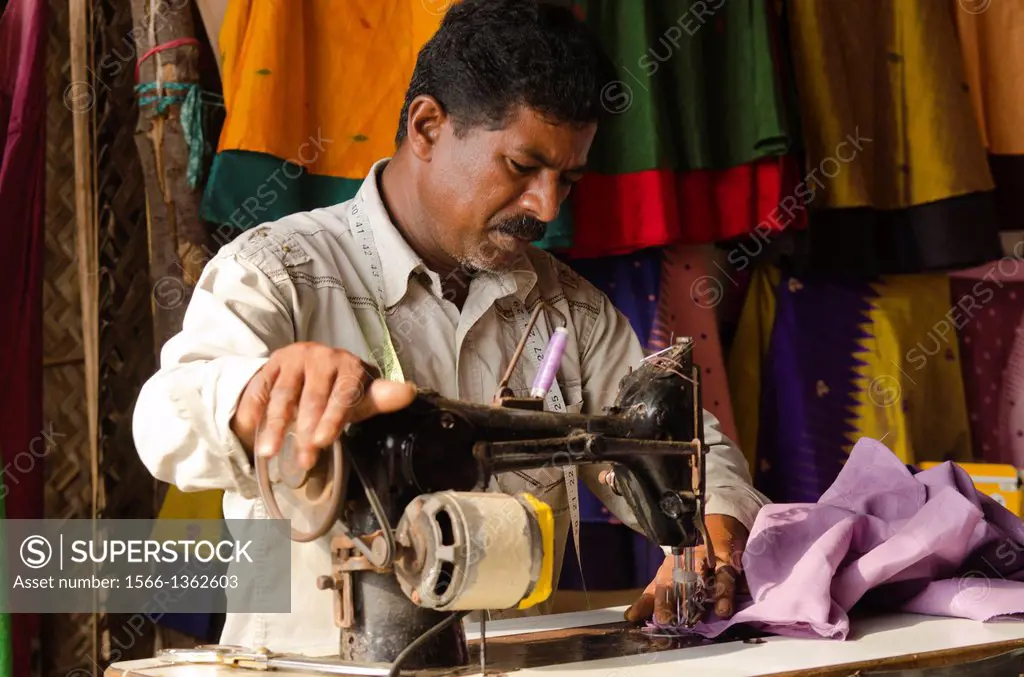Tailor Perth Insights: Discover the Art of Fine Tailoring in Perth
Tailor Perth Insights: Discover the Art of Fine Tailoring in Perth
Blog Article
Understanding the Tailoring Process: From Material Choice to Last Suitable for the Perfect Closet
The tailoring process is an intricate interplay of art and scientific research, starting with the critical choice of fabric selection and culminating in the specific adjustments of final installations. Each material type brings special high qualities that influence not only the visual charm yet likewise the garment's durability and viability for different celebrations.
Importance of Fabric Option
Picking the best fabric is critical in the customizing procedure, as it straight affects the comfort, resilience, and general visual of the final garment (tailor perth). The selection of fabric sets the foundation for the garment's performance, performance, and design. Various fabrics have distinct properties, such as stretch, breathability, and weight, which can dramatically influence exactly how the garment drapes and fits the body
Moreover, textile option influences the garment's long life and convenience of treatment. Top quality textiles can withstand deterioration, maintaining their appearance and structure in time, while lower-quality products may lead to pilling or fading. Additionally, the appropriate fabric contributes to the garment's capacity to shift throughout celebrations and seasons, therefore enhancing versatility.
A tailored item made from a proper fabric not only showcases workmanship however likewise elevates the user's self-confidence. Comprehending the nuances of textile selection is critical for any type of tailoring venture. It ensures that the end product not only satisfies the aesthetic needs of the client yet likewise aligns with useful requirements, thereby accomplishing a harmonious equilibrium between type and feature in the tailored closet.
Types of Fabrics and Their Usages
Comprehending the numerous kinds of textiles available is essential for making informed choices during the tailoring procedure. Each fabric has unique attributes that dictate its suitability for details garments and occasions.
Its convenience allows it to be customized into whatever from tee shirts to outfits. Its natural flexibility helps garments preserve shape over time.
Silk shows luxury and is lightweight, making it ideal for eveningwear and fragile shirts; nonetheless, it calls for mindful handling due to its fragility. Linen, with its textured finish, is a popular choice for warm climates, offering a crisp and airy feel, however it wrinkles quickly, which may impact the garment's appearance.
Synthetic materials, such as polyester and nylon, offer toughness and resistance to creases, making them appropriate for day-to-day wear and energetic garments. Recognizing these textile kinds and their homes enables much better decision-making, making sure that each tailored piece not only fits well yet additionally straightens with the desired purpose and occasion.
The Tailoring Techniques Discussed
The art of tailoring counts on a range of methods that change textile into well-fitted garments. Central to this procedure is pattern drafting, where a tailor creates design templates based upon the client's dimensions and wanted style. This first step ensures that the garment will fit the user appropriately prior to any cutting occurs.
When patterns are developed, cutting methods enter into play. Precision is extremely important as errors can result in misfitting garments. Tailors usually use various reducing techniques, such as single-layer reducing for complex designs and multiple-layer reducing for efficiency on standard patterns.
Basting is an additional vital technique, enabling tailors to momentarily stitch textile assemble for a preliminary installation. This technique supplies the chance to assess the drape and general silhouette before last stitching.
Seaming strategies, including flat-felled seams and French joints, enhance the garment's resilience and visual appeal. Tailors likewise use techniques such as interfacing and cushioning to give structure and shape to details areas, like collars and shoulders.
Last but not least, finishing methods, consisting of hemming and edge completing, make certain the garment's longevity while supplying a sleek look. Together, these methods create the foundation of effective customizing, causing beautiful, tailor-made clothing.
Suitable Adjustments and Considerations

Secret factors to consider include the shoulder try this web-site fit, which must neither sag neither restrict movement, and the sleeve length, which must enable for comfortable arm activity while preserving a polished appearance. In addition, modifications at the waistline can improve the shape, with options to allow out or absorb fabric as required.
The increase of trousers is an additional important aspect; it ought to rest easily above the hips without creating discomfort, allowing for simplicity of movement. Hemming sizes for both pants and skirts need to show the user's favored design while appreciating proportions.

Preserving Your Tailored Apparel
Always adhere to the care tag directions, which may advise dry cleansing for delicate textiles or maker washing for more durable products. Prevent frequent laundering, as this can wear down the textile and modify the garment's shape.
Storage is just as crucial; use padded wall mounts for jackets and coats to preserve shoulder structure, and shop trousers folded nicely or hung to stop creasing. Safeguard garments from straight sunshine, which can fade shades and damage fibers.
Additionally, routine assessments for minor fixings can stop larger concerns. Look for loose switches, fraying joints, or indications of moth damages, attending to these problems without delay to preserve the garment's integrity.
Finally, consider seasonal turning. Wearing customized pieces in small amounts allows materials to recover, prolonging their lifespan. By carrying out these maintenance approaches, you can guarantee that your customized garments remain as immaculate as the day you first used them, enhancing your suitable wardrobe for many years ahead.
Conclusion
The customizing procedure, encompassing fabric selection, competent methods, and exact suitable modifications, this page plays a vital duty in developing garments that improve both convenience and style. Comprehending click to find out more the value of upkeep prolongs the life of tailored garments, solidifying their value in a well-curated wardrobe.
Choosing the right fabric is crucial in the tailoring process, as it straight affects the comfort, toughness, and general aesthetic of the final garment. The selection of fabric establishes the structure for the garment's style, functionality, and efficiency. Different fabrics have one-of-a-kind homes, such as weight, stretch, and breathability, which can dramatically influence exactly how the garment drapes and fits the body.
The art of tailoring counts on a range of techniques that change textile right into well-fitted garments.The tailoring procedure, including fabric option, knowledgeable techniques, and precise fitting changes, plays an essential duty in producing garments that boost both comfort and design.
Report this page